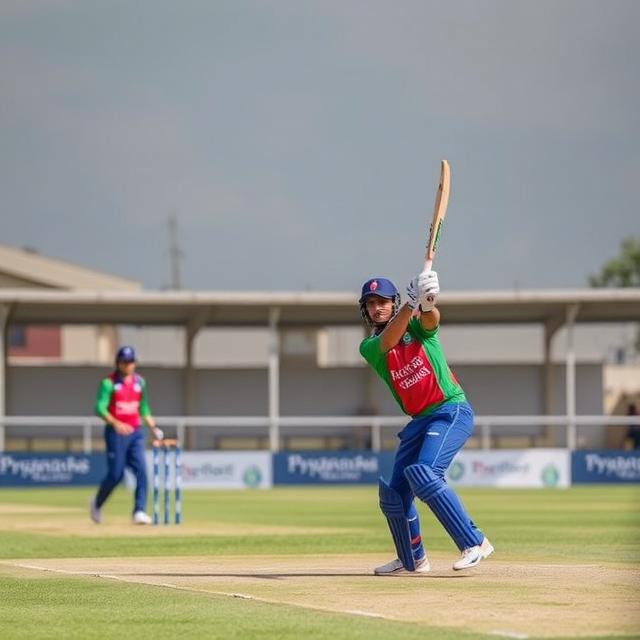Understanding Pakistani Identity: A Complex Tapestry Woven Through Time

Understanding Pakistani Identity: A Complex Tapestry Woven Through Time
Pakistan, a nation born from the partition of India, boasts a rich and multifaceted identity, a vibrant tapestry woven from threads of history, culture, and religion. This article delves into the intricate and often debated aspects of Pakistani identity, exploring its layers and contradictions.
A Nation Forged in Controversy: The very creation of Pakistan was steeped in political and religious divisions. The idea of a separate Muslim homeland emerged from the socio-political context of the time, prompting a massive migration and ultimately, the birth of a new nation. This tumultuous beginning undeniably shaped the initial perceptions of Pakistani identity, marked by both hope and anxiety.
Beyond the Binary: Pakistani identity isn’t simply defined by religion, though Islam plays a significant role. It encompasses a vast spectrum of ethnicities, languages, and cultural expressions. From the vibrant music and dance of Sindh to the rich literary traditions of the Punjab, from the serene landscapes of the Northern Areas to the bustling cities of the south, Pakistan is a mosaic of diverse experiences.
The Role of History and Heritage: Understanding Pakistani identity requires acknowledging its historical evolution. The Indus Valley Civilization, a precursor to modern Pakistan, laid the groundwork for a unique cultural heritage. Later, influences from Central Asia, Persia, and other regions further enriched the cultural landscape. Tracing these historical influences helps us grasp the complexity of modern Pakistani identity.
Challenges and Contradictions: Despite its rich tapestry, Pakistani identity is not without its challenges. Political instability, economic hardship, and social inequalities have undeniably impacted the national narrative. These issues, along with the ongoing struggle for progress, often create tension and nuance in defining a unified Pakistani identity.
Looking Forward: The future of Pakistani identity hinges on navigating these complex challenges. Addressing socio-economic disparities, promoting cultural understanding, and fostering a sense of national unity are crucial steps in shaping a positive and inclusive future. Embracing diversity as a strength, while respecting individual differences, is critical to building a truly representative Pakistani identity.
Further Exploration: This article merely scratches the surface of this complex subject. The exploration of Pakistani identity continues through ongoing dialogue, engagement with diverse voices, and a commitment to learning more about the multifaceted experiences that shape this nation.
Note: This article is presented for informational purposes only. It is not intended to be an exhaustive or definitive analysis of a highly nuanced topic.
Want to learn more? Explore the fascinating history and cultures that have shaped Pakistan’s distinctive identity. Click here to delve deeper into Pakistan’s diverse landscapes.